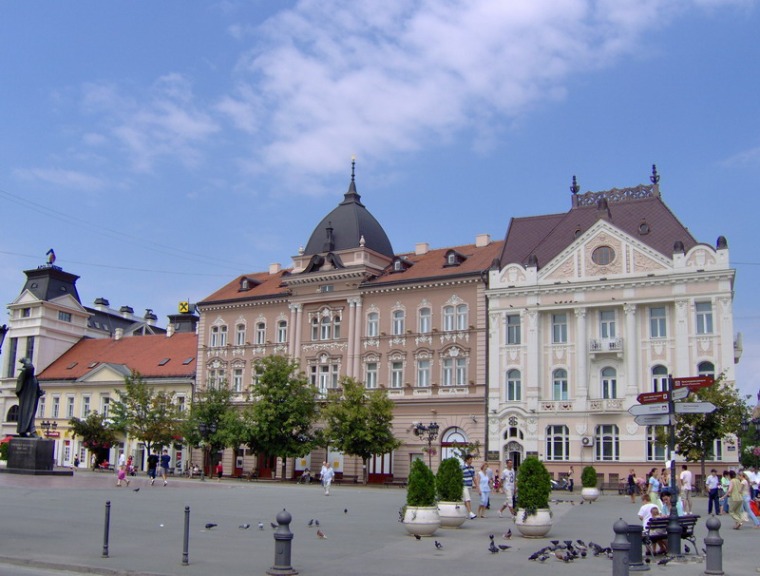

The Mileševa monastery’s “White Angel” fresco was one of the first scenes presenting Europe to the North America in the first satellite transmission of video signal between two continents in 1963.
During the 20th century, Europeans were astonished by the sight of “White Angel” – the fresco of Archangel Gabriel, depicting him dressed in white chitonwith his wings spread wide, sitting on a stone. He was showing myrrhbearers – the women who carried myrrh and were supposed to anoint the body of Christ, the empty Christ’s tomb, indicating his resurrection. Travel writers spread their awe for before mentioned fresco all across the Europe, surmounting it far beyond Giotto’s works of art.
Fifty years ago, in the first satellite broadcast of Europeans’ video greeting to Americans, the fresco of “White Angel” symbolized Europe and the peace it brings between the continents. The same signal was transmitted some time later to the space towards possible extraterrestrial life forms.
Renowned “White Angel” is a part of composition called “Myrrhbearers on Christ’s grave”, which is considered to be one of the most extinguished art pieces of Serbian and European art history of the Middle Ages. It is believed to be painted by unknown Greek authors in the 13th century, on the southern wall of the church of Ascension of Jesus Christ’swest aisle, which belongs to the Mileševa monastery, under the protection of UNESCO organization.
It certainly makes you wonder why did the Europeans discover this art masterpiece seven centuries later, doesn’t it?
Well, namely during the Turkish annihilation of monasteries, Mileševa’s frescoes have endured considerable damage, and therefore have been restored in the 16th century. However during the restoration, another fresco has been painted over the famous “Myrrhbearers on Christ’s grave” composition, so “White Angel” was hidden from public eye ever since, all until the 20th century when church has been restored. Then, the overlaying fresco has been removed, and hidden from sight, centuries old white chiton of Archangel Gabriel illuminated the world in its utmost artistic and inner beauty.
The “White Angel” fresco was painted with smooth and broad brush strokes, a handiwork of people who had a keen sense of color and a power to reach the depths of human soul with a brush. Perhaps the best description of a feeling emanating from this fresco was delivered by a Serbian bishop Nikolai Vladimirovich, who said: “Observing “White Angel” is identical to a prayer!”

The Mileševa monastery originates from the 13th century and is one of the most influential Serbian monasteries in which was buried St Sava, a Serbian prince responsible for the autocephaly of the Serbian Church, and the first Archbishop and legislator, all until his relics have been burnt by Turkish Grand Vizier Sinan Pasha in 1594 in Belgrade. In the Mileševa monastery was also buried king Stephan Vladislav, who founded it.
Frescoes of Mileševa represent the greatest accomplishments of Serbian art, as well as the art of aforementioned age in Europe, so for its outstanding value monastery has been put on UNESCO’s World Heritage list.
In world’s “cultural garden” Serbia has its rare “herbs”, a big cultural heritage unique for its value and mesmerizing beauty, and the deed of representing the beauties of Europe with “White Angel” is just one out of many proofs that our country is in every way possible a vital part of the Old continent.
Foto 2: Wikimedia Commons under the terms of the GNU Free Documentation License








